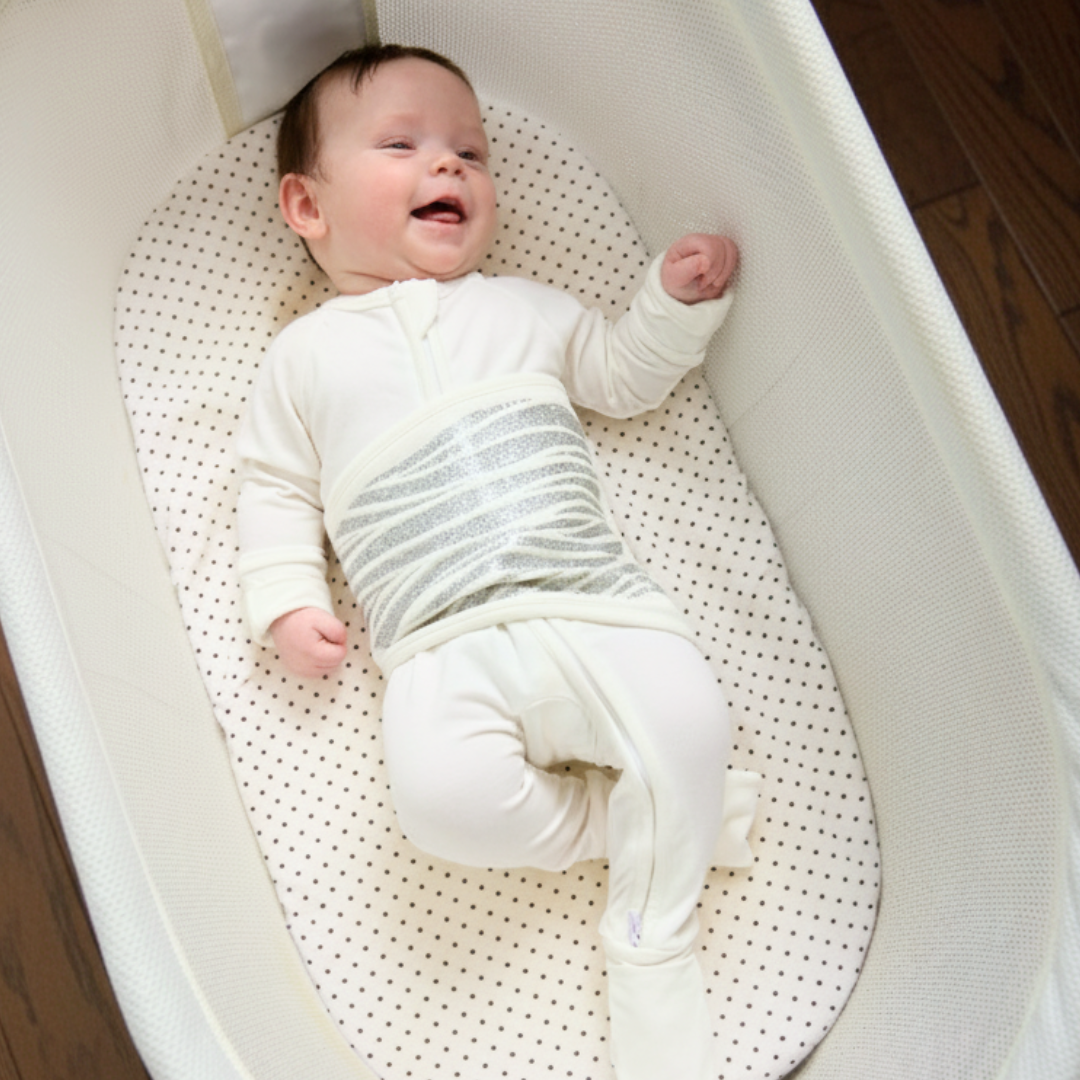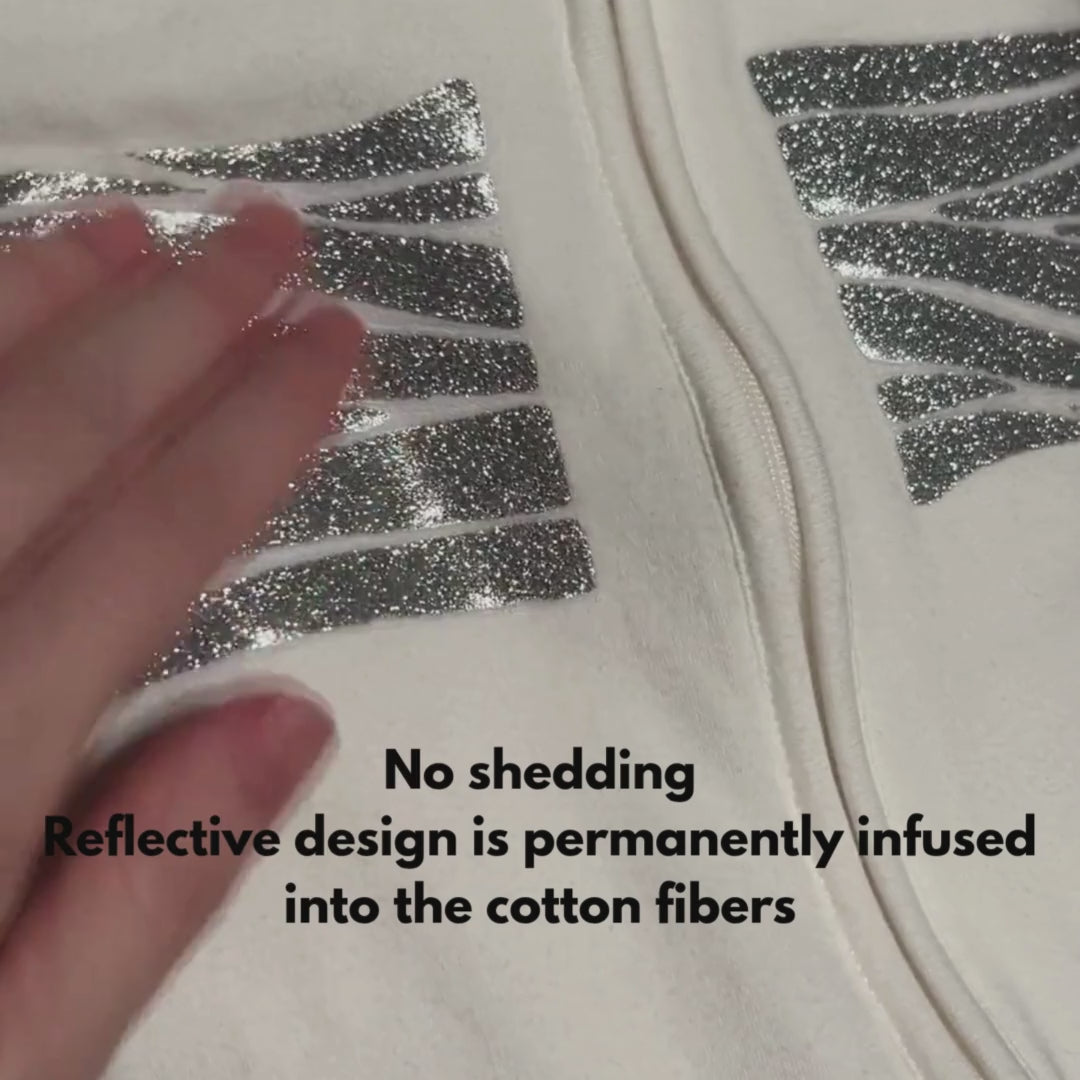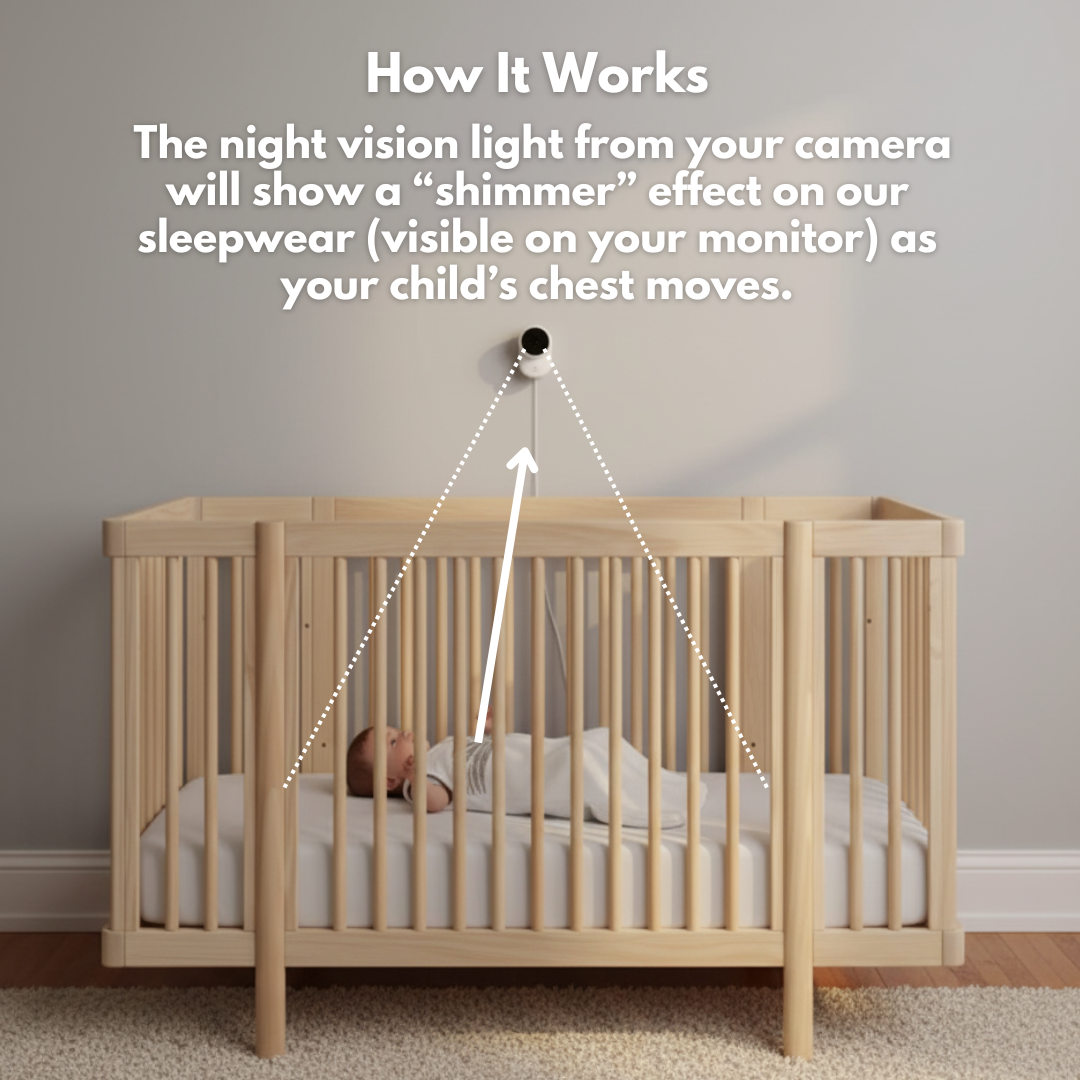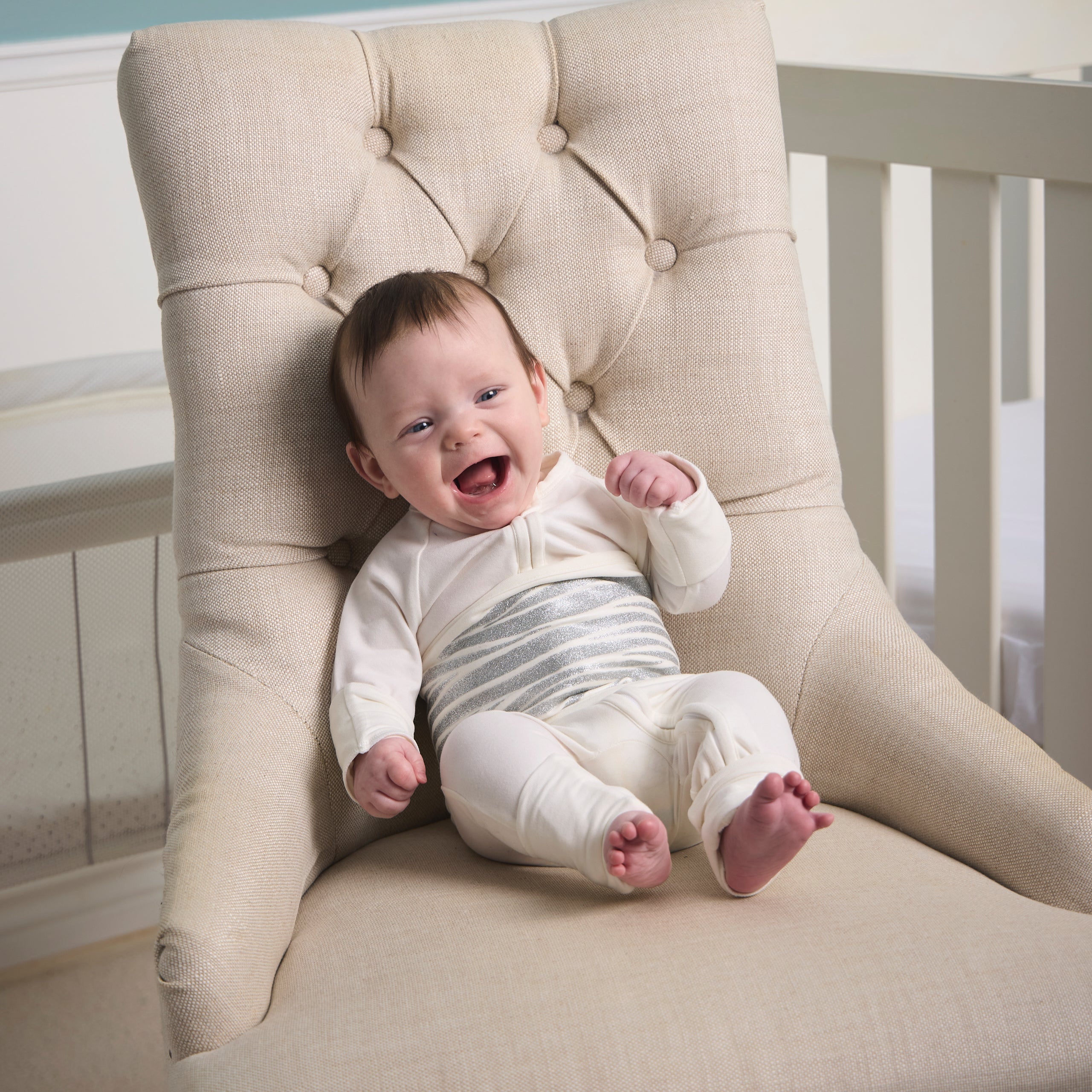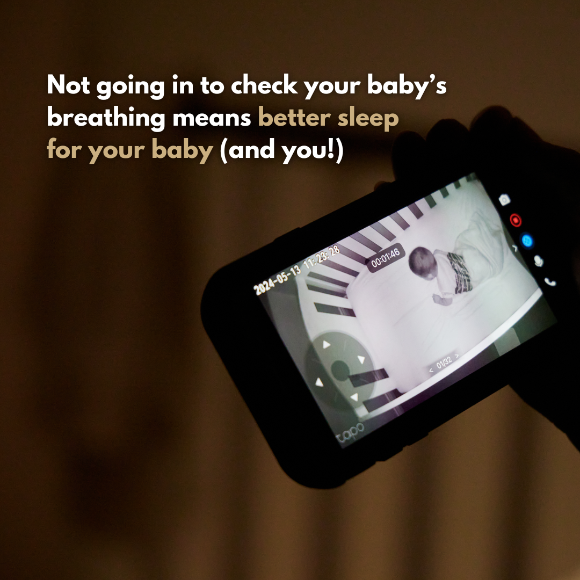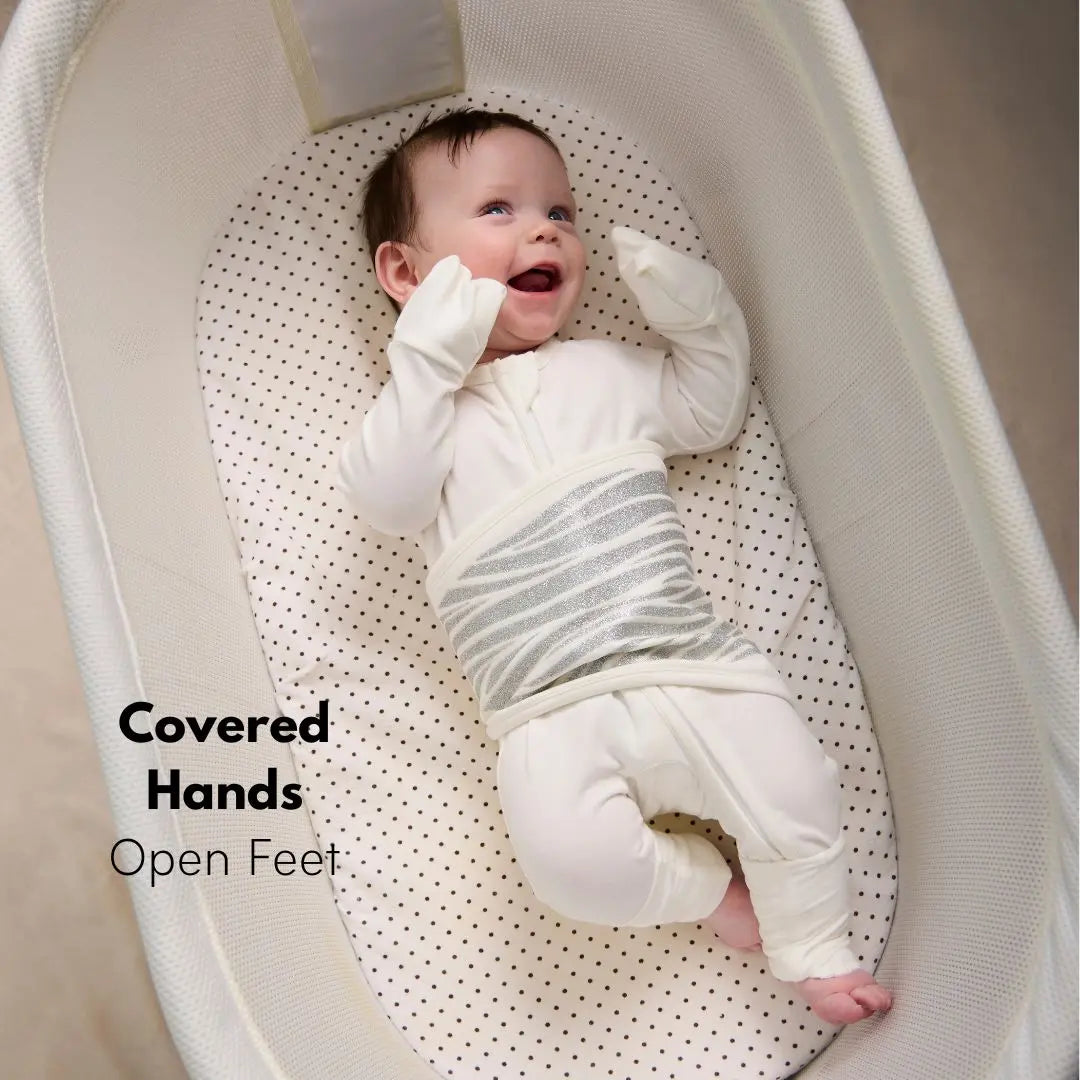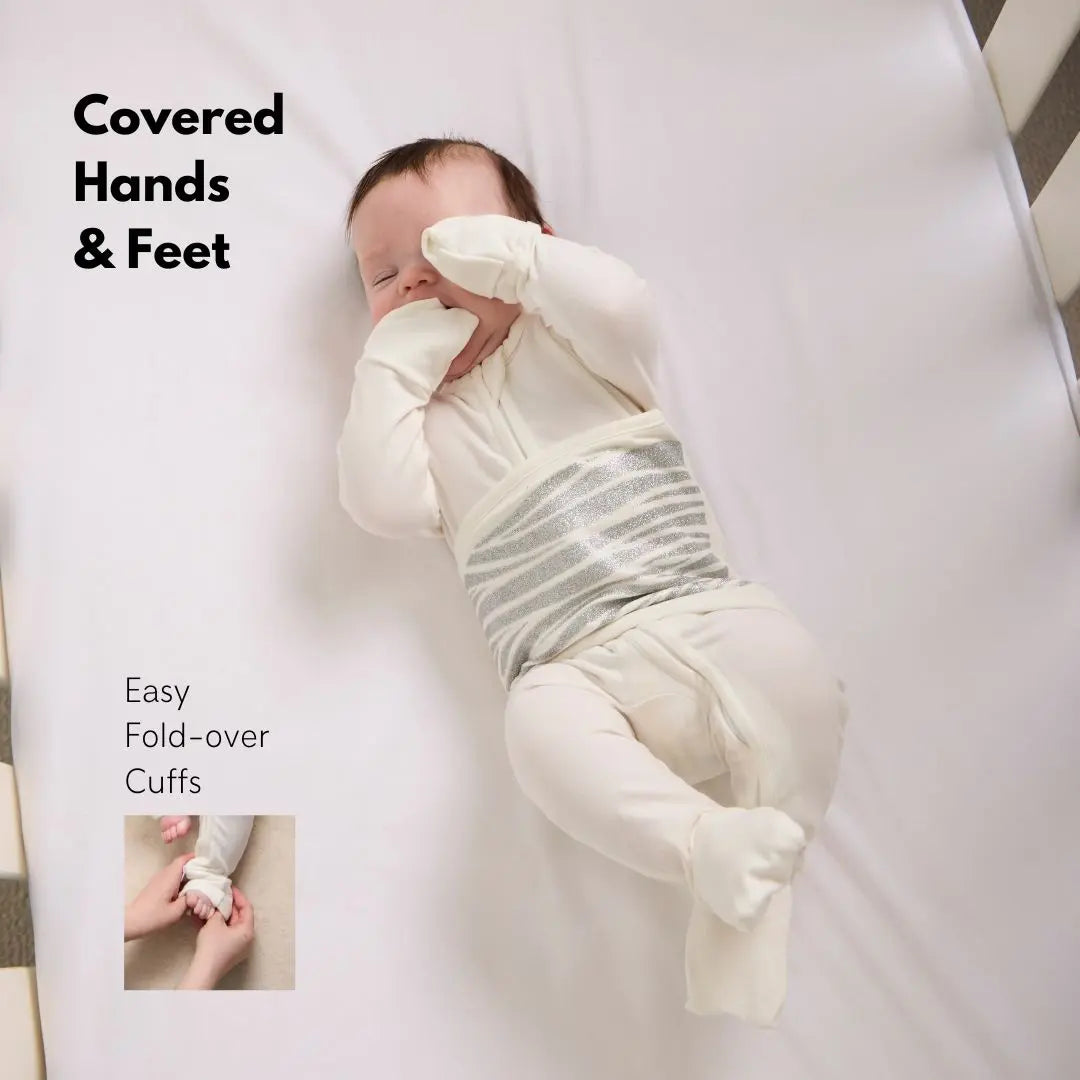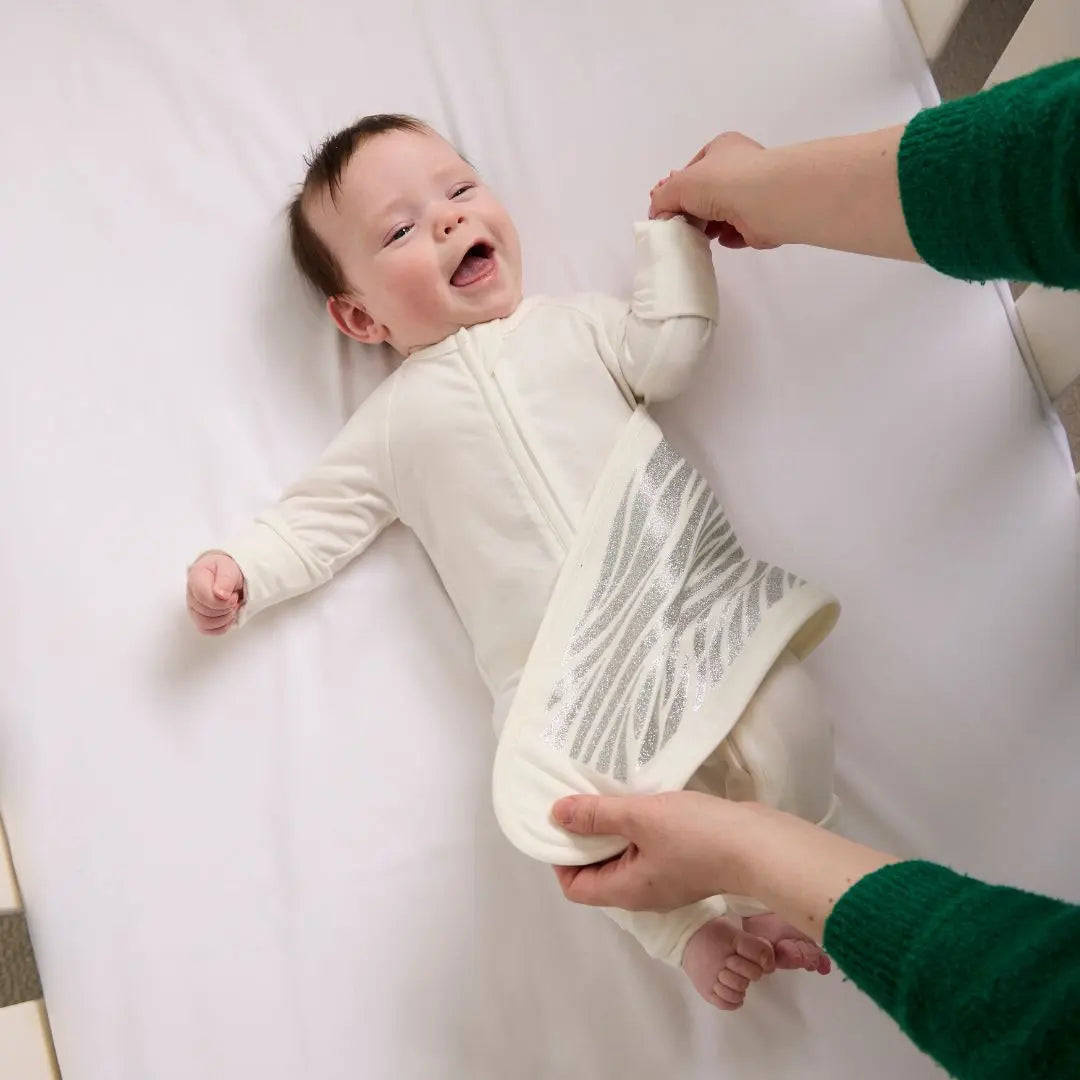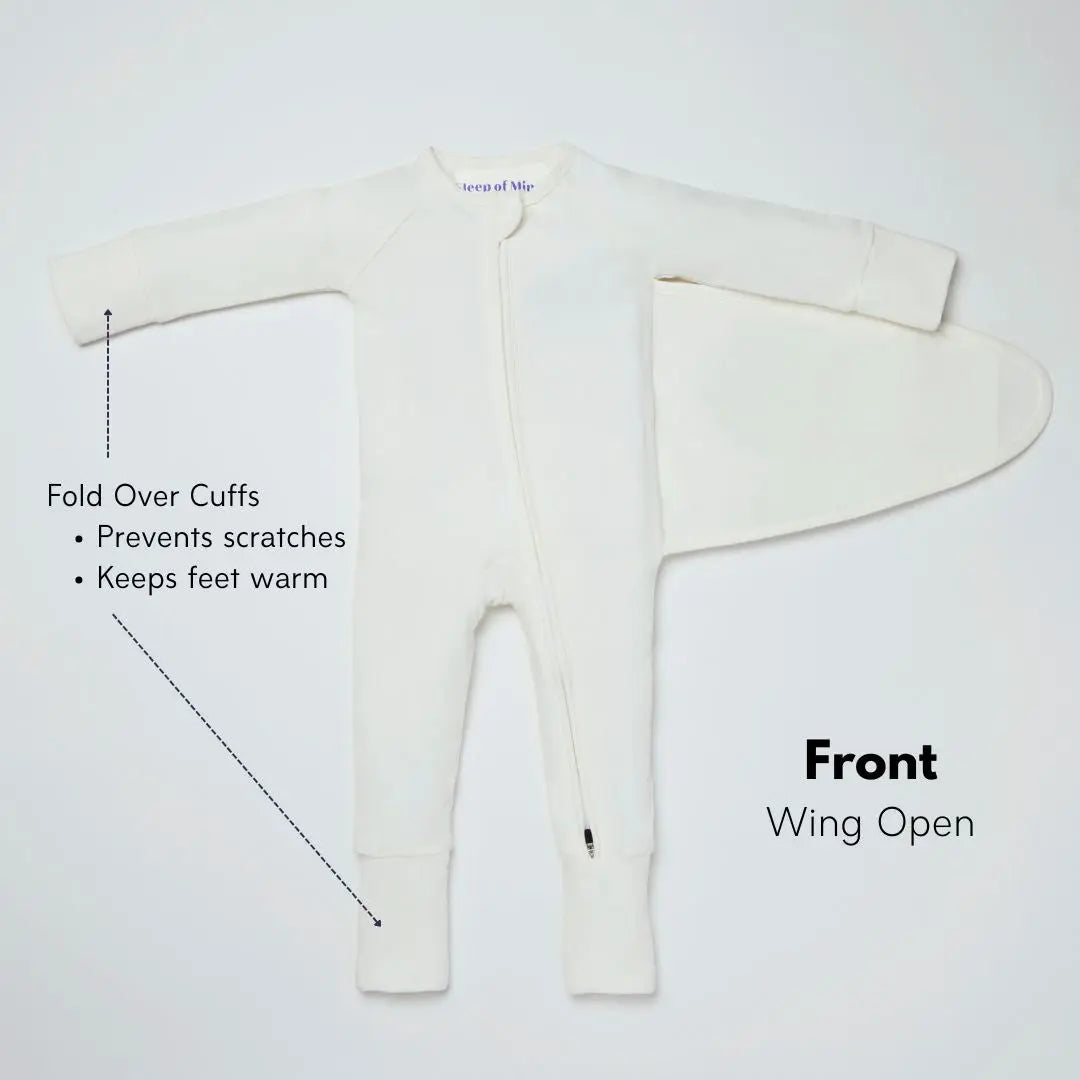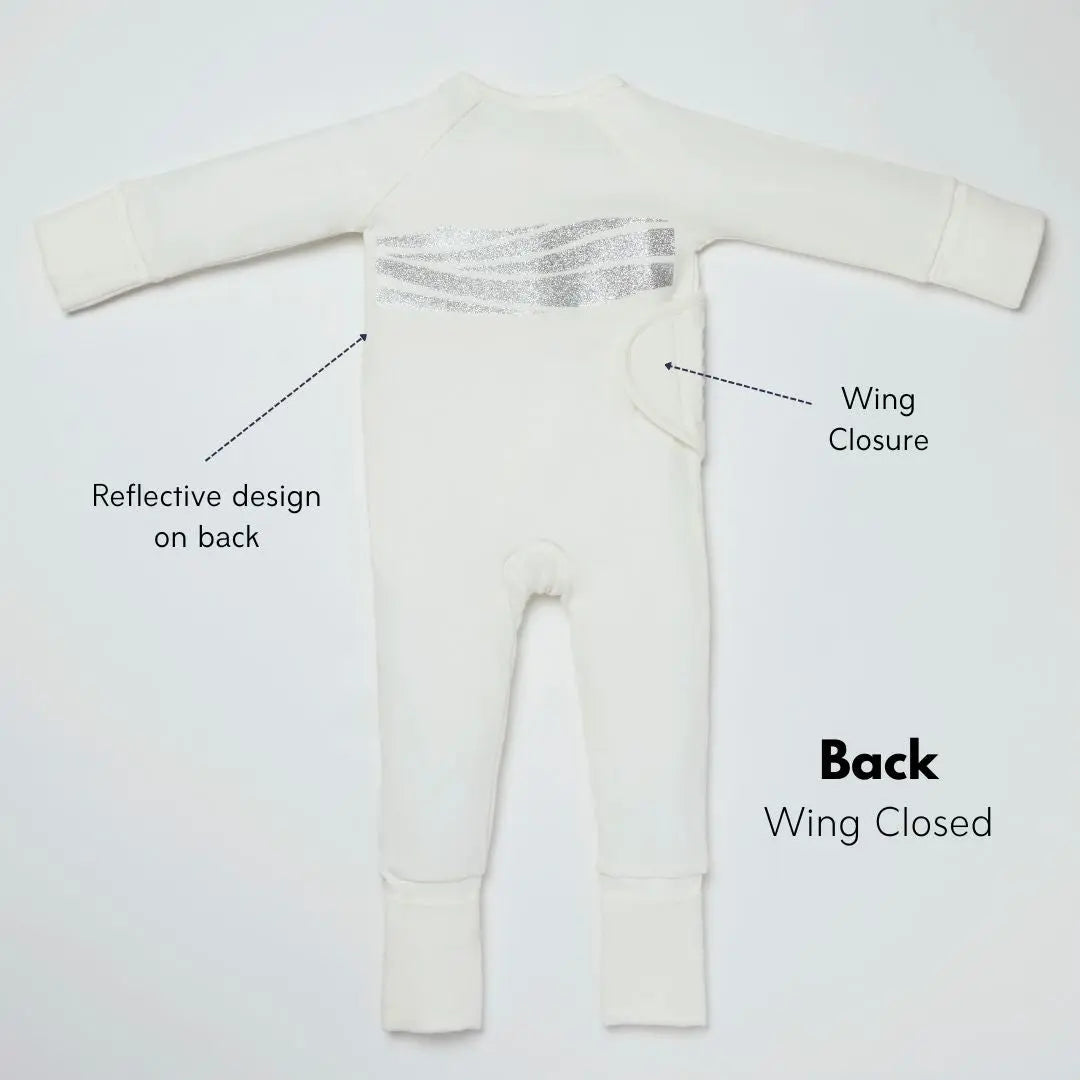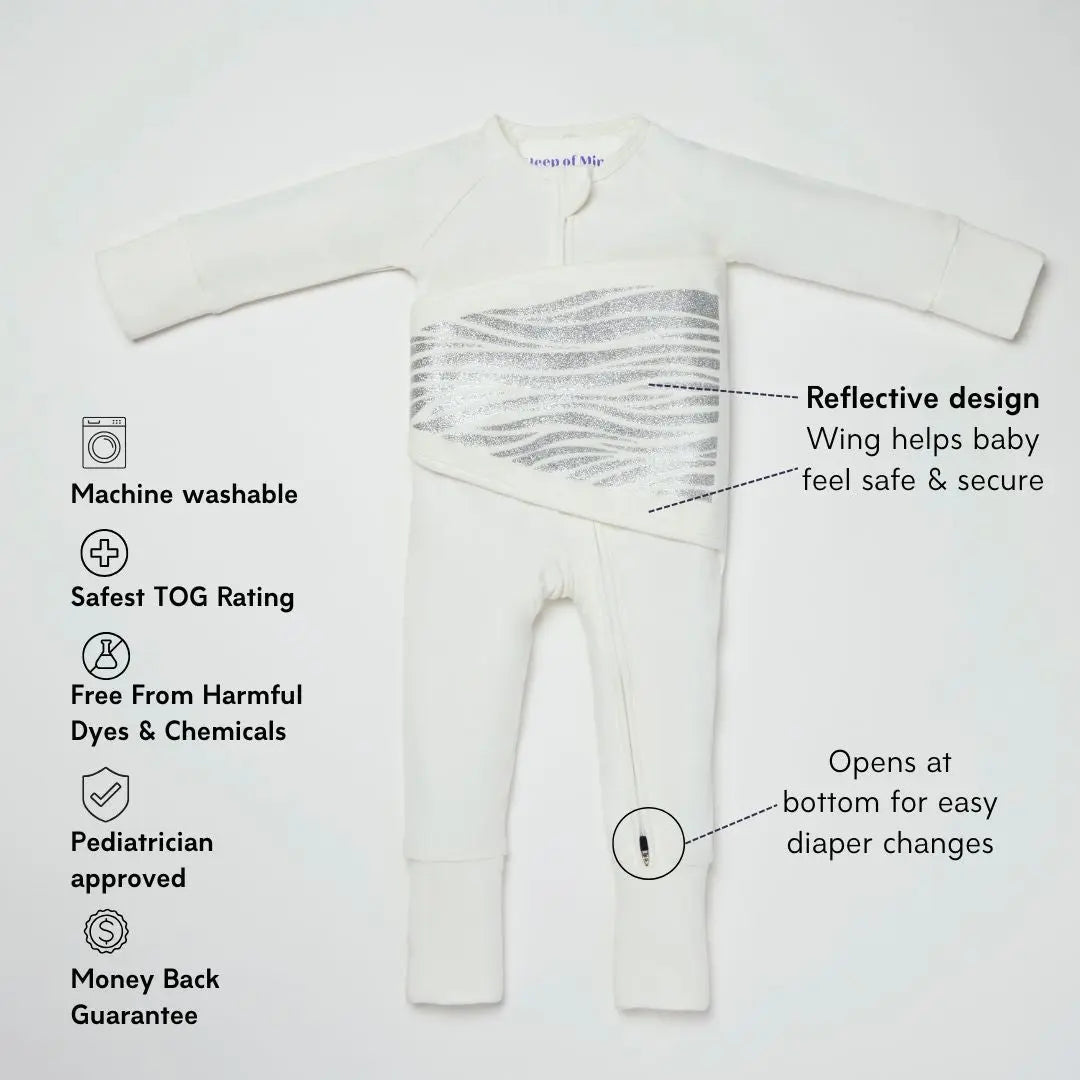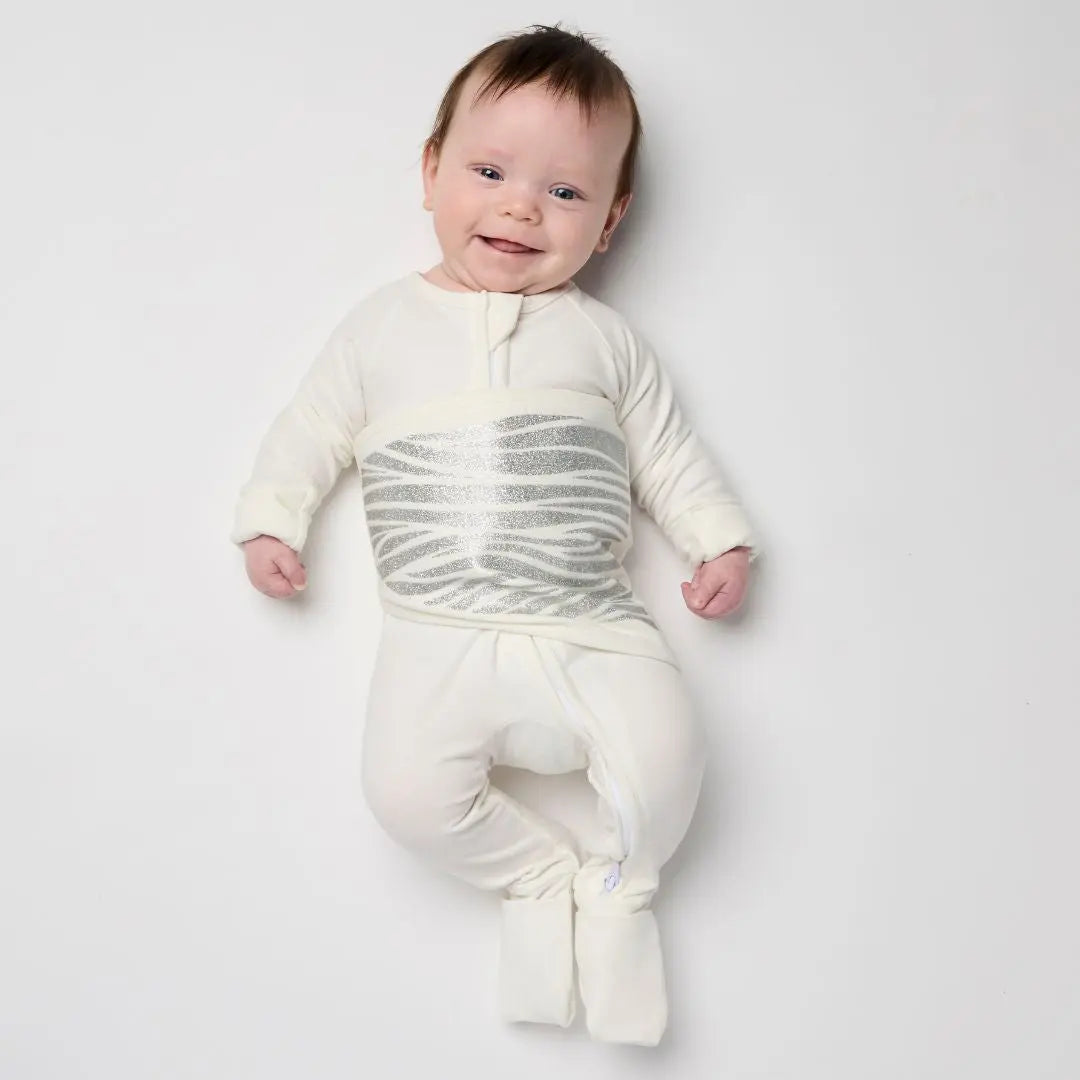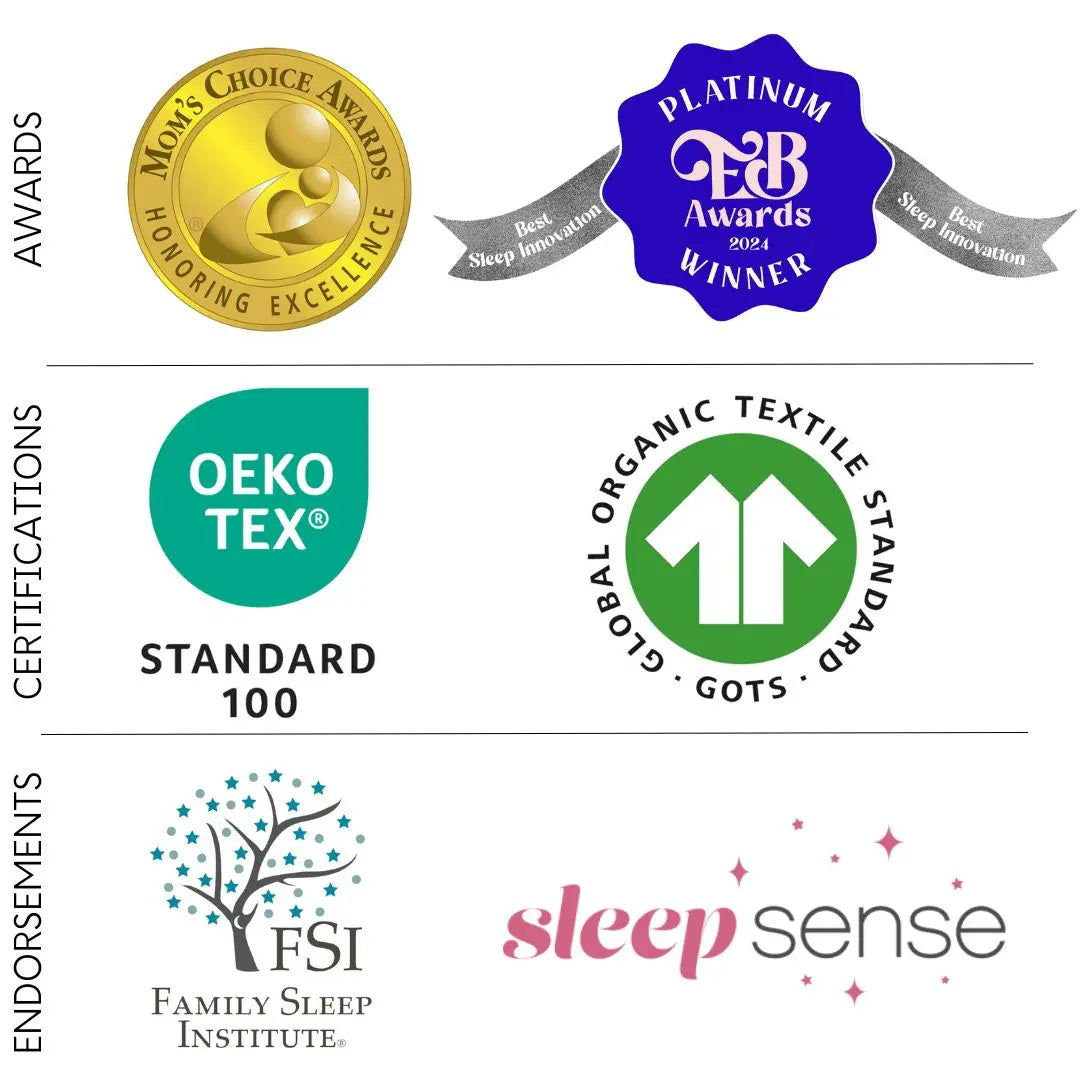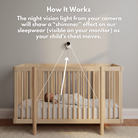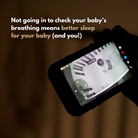As a parents, bringing a baby home is a heartwarming and exciting time, but it often comes with sleepless nights. One key to better sleep for both your baby and toddlers is crafting the perfect sleep environment. In this article, we'll share simple yet effective strategies to make your baby's sleep space as comfortable and safe as possible. From adjusting the room temperature to selecting the comfortable clothing and soothing sounds, these tips will help ensure your baby gets the sleep they need, making life a little easier for the whole family.
Following are some of the recommended tips to achieve this:
Crafting a Sleep-Conducive Nursery
Think about our ancestors, who slept in dark, cool, and quiet caves, protected from predators. This natural environment still influences our sleep patterns today. A dark, cool room can encourage better sleep by boosting melatonin production. Babies benefit from these conditions as well, making it essential to consider them when setting up their sleep environment.

Maintaining the Right Temperature
Keep the nursery temperature around 19-20°C (68-70°F). This range not only promotes better sleep but also helps reduce the risk of SIDS, as overheating is a known risk factor. Dress your baby appropriately in one more layer than you would wear, such as a sleeper and a light sleep sack. If achieving this temperature is challenging, use a fan and short sleeved, lighter clothing to keep your baby comfortable.

Ensuring Darkness
Invest in high-quality blackout curtains or shades to make the room dark enough that you cannot see your hand in front of your face. Darkness helps increase melatonin production and removes distractions that could keep your baby awake. With fewer visual stimuli, babies usually feel cozy and fall asleep faster in their crib, all snug and comfortable.

Utilizing White Noise
White noise is crucial for newborns because it mimics the soothing sounds of the womb. Older babies and toddlers also benefit from white noise, as it masks household or outdoor noises, helping them focus on sleeping. Choose natural or non-looping white noise, as looping sounds can disrupt sleep cycles. Lower pitch white noise is more relaxing and aids sleep, similar to the hum of an airplane, while higher pitches can keep the brain alert.
Try to keep playtime and other activities in different parts of the house, so your baby knows the bedroom is for sleeping. Making sure your baby's sleep space is just right is important for good sleep. When you have everything set up well, it can help your baby sleep better and give you time to focus on other things that might affect their sleep.
Following Safe Sleep Practices
Keeping your baby safe while they sleep is essential for creating a good sleep environment. Following safe sleep guidelines, like keeping their crib free of blankets, bumpers, and toys, is crucial for reducing the risk of SIDS. Remember, a bare crib with just a tightly fitted sheet is needed for babies under 12 months old. Read our article Must-Know Safe Sleep Tips to Protect Your Baby for more safe sleep guidelines.
If your newborn seems to dislike the bassinet or crib, try our arms-up newborn swaddle. It provides a gentle snug feeling around the waist and arms-up enclosed positioning which mimics the womb more closely, which many babies prefer! It's often just what a newborn needs to feel safe sleeping in a bassinet or crib. Make sure not to overdress your baby however as overheating is a risk factor for SIDS. Check out our suggested undergarments for more details.
Creating a perfect sleep spot for your baby isn't just about making a pretty nursery; it's about making a cozy space where they can sleep well and feel safe. By keeping the room dark, using gentle sounds like white noise, and making sure their crib is safe, you're giving them the best chance for good sleep. Taking care of their sleep setup means taking care of them, helping them feel safe and snug as they snooze.
Now, it's time to implement these suggestions! Take a moment to assess your baby's sleep environment and make any necessary adjustments to create a cozy and safe space for them to rest. Remember, small changes can make a big difference in their sleep quality and overall well-being. Your baby will thank you for it with sweet dreams and happy mornings!



